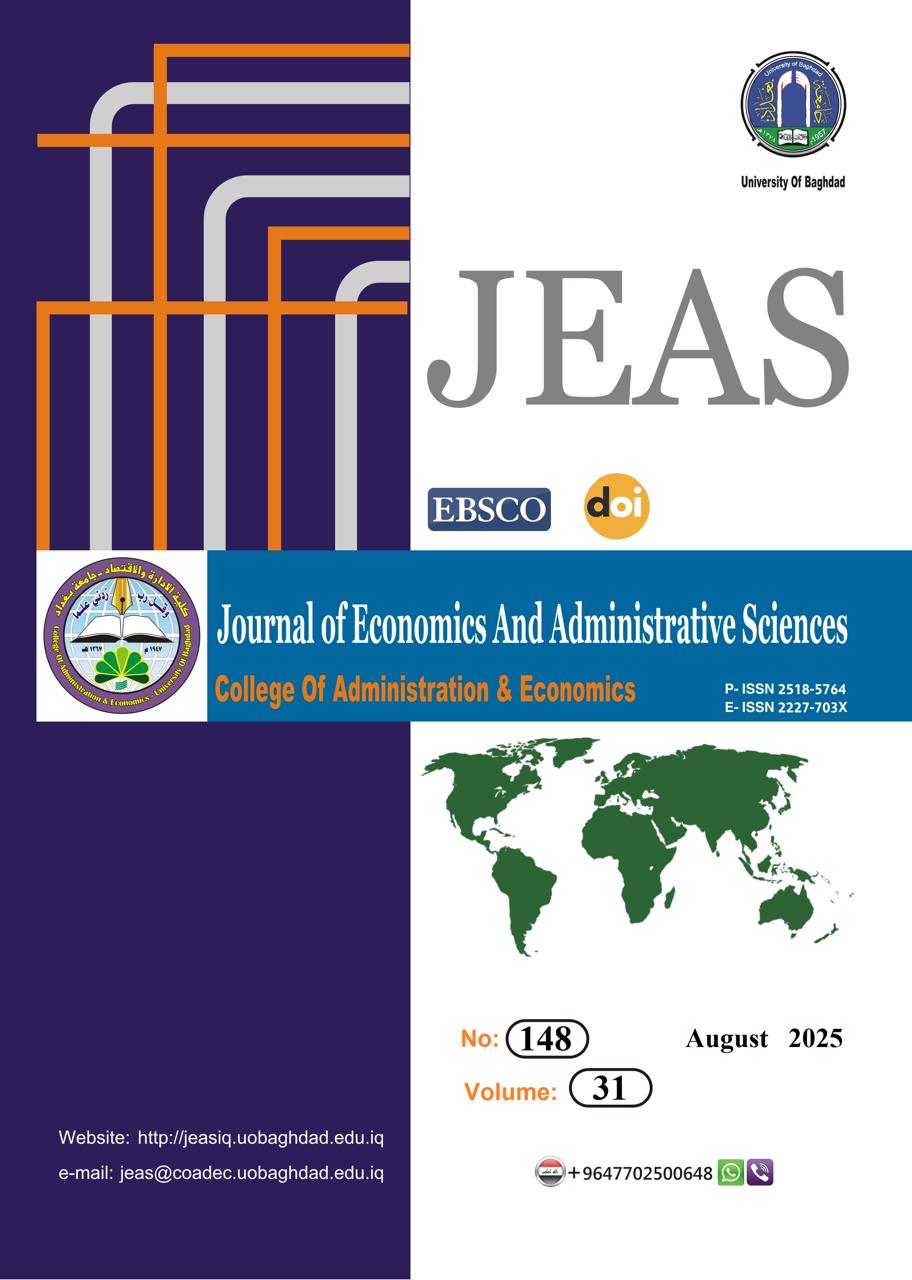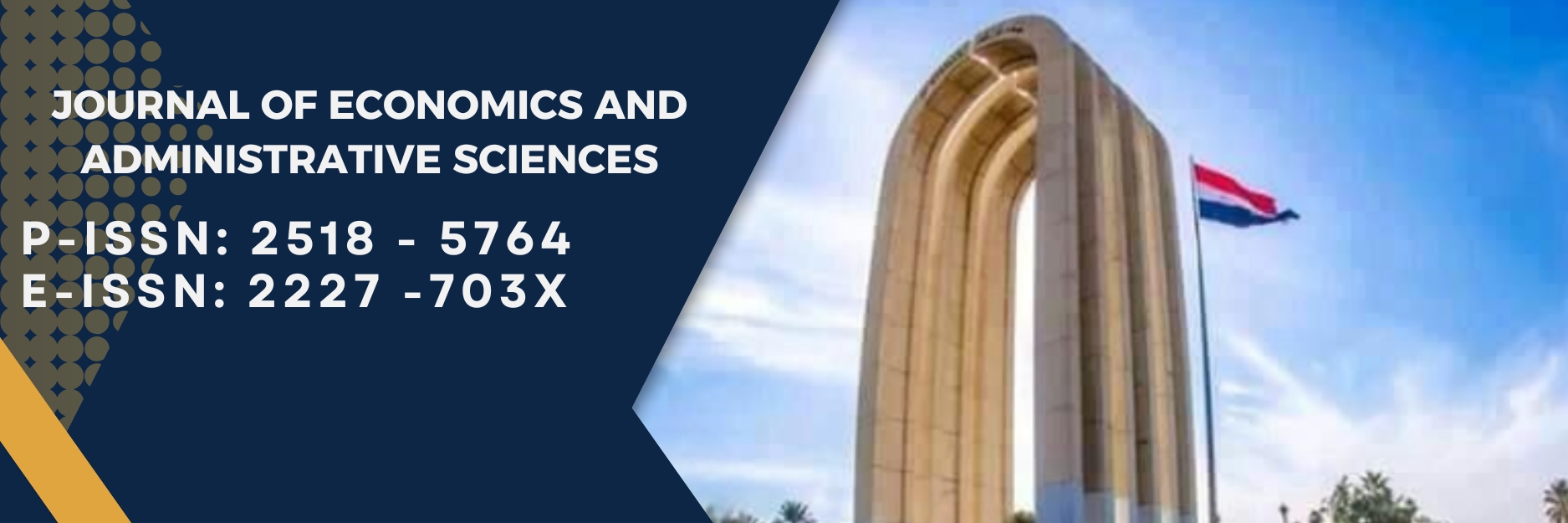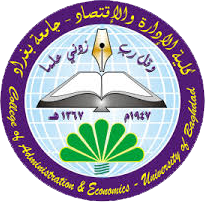Green growth is a pathway to sustainable development: An empirical study of Saudi Green Initiative
DOI:
https://doi.org/10.33095/n0x7sj45Keywords:
Carbon emissions; Vector error correction model (VECM); environmental scenarios; Saudi green initiative; green growth indicatorsAbstract
For climate change adaptation and mitigation, a sustainable transition to green growth is essential. The aim of this study is to evaluate green growth indicators using three methods to assess the situation of green growth in Saudi Arabia. The vector error correction model (VECM) was used to estimate the relationship between electricity generation and carbon emissions (CO2), and then examine the mitigation scenario, followed by analysing Saudi green growth indicators versus Organisation for Economic Co-operation and Development (OECD) indicators. The results indicate carbon emissions are influenced by the GDP and electricity generation in Saudi Arabia. Environmental scenarios findings indicate that the baseline scenario (BAU) result shows that carbon emissions from 2021 to 2030 will continue rising, while the scenario 1 result implies that Saudi Arabia's carbon emissions will decrease from 2021 to 2030. In addition, it analyses the green growth indicators for Saudi Arabia, comparing Saudi initiatives with OECD green growth indicators to explore if these actions align. After reviewing Saudi Arabia's green initiatives, Saudi is in alignment with OECD indicators. Finally, the study highlights some policies which could help the country achieve its initiatives and reach zero carbon emissions. Thus, this study contributes to the literature by evaluating the effect of green growth initiatives represented in energy abatement policies on CO2 emissions to explore if it is consistent with the Paris Agreement and NDC.
Downloads
References
Abro, A. A., Alam, N., Murshed, M., Mahmood, H., Musah, M., & Rahman, A. K. M. A. (2023). Drivers of green growth in the Kingdom of Saudi Arabia: Can financial development promote environmentally sustainable economic growth? Environmental Science and Pollution Research, 30, 23,764–23,780. https://doi.org/10.1007/s11356-022-23867-z
Alajmi, R. G. (2021). Factors that impact greenhouse gas emissions in Saudi Arabia: Decomposition analysis using LMDI. Energy Policy, 156, 112454.
https://doi.org/10.1016/j.enpol.2021.112454
Alajmi, R. G. (2022). Carbon emissions and electricity generation modeling in Saudi Arabia. Environmental Science and Pollution Research, 29, 23169–23179.
https://doi.org/10.1007/s11356-021-17354-0
Alajmi, R. G. (2024). Energy consumption and carbon emissions: An empirical study of Saudi Arabia. Sustainability, 16(13), 5496. https://doi.org/10.3390/su16135496
Alkhathlan, K., & Javid, M. (2015). Carbon emissions and oil consumption in Saudi Arabia. Renewable and Sustainable Energy Reviews, 48, 105–111.
https://doi.org/10.1016/j.rser.2015.03.072
Altouma, A., Bashir, B., Ata, B., Ocwa, A., Alsalman, A., Anyi, E. H., & Mohammed, S. (2024). An environmental impact assessment of Saudi Arabia’s Vision 2030 for sustainable urban development: A policy perspective on greenhouse gas emissions. Environmental and Sustainability Indicators, 21, 100323. https://doi.org/10.1016/j.indic.2023.100323
Amara, D. B., & Qiao, J. (2023). From economic growth to inclusive green growth: How do carbon emissions, eco innovation and international collaboration develop economic growth and tackle climate change? Journal of Cleaner Production, 425, 138986.
https://doi.org/10.1016/j.jclepro.2023.138986
Aramco. (2024). Carbon capture, utilization, and storage. Aramco. Retrieved November 3, 2024, from https://www.aramco.com/en/what-we-do/energy-innovation/advancing-energy-solutions/carbon-capture-utilization-and-storage
Baniya, B., Giurco, D., & Kelly, S. (2021). Green growth in Nepal and Bangladesh: Empirical analysis and future prospects. Energy Policy, 149, 112049.
https://doi.org/10.1016/j.enpol.2020.112049
Climate Action Tracker. (2023). Saudi Arabia. Retrieved November 15, 2024, from https://climateactiontracker.org/countries/saudi arabia/
Darandary, A., Gasim, A. A., Hunt, L. C., & Mikayilov, J. I. (2024). Projecting Saudi Arabia’s CO₂ dynamic baselines to 2060: A multivariate approach. The Energy Journal, 45.
Dhayal, K. S., Forgenie, D., Giri, A. K., Khoiriyah, N., & Isaac, W. P. (2024). Modelling the nexus between green energy, agricultural production, forest cover, and population growth towards climate change for the transition towards a green economy. Environment, Development and Sustainability. https://doi.org/10.1007/s10668-024-05385-9
Dickey, D. A., & Fuller, W. A. (1981). Likelihood ratio statistics for autoregressive time series with a unit root. Econometrica, 49(4), 1057–1072. https://doi.org/10.2307/1912517
Hao, L., Umar, M., Khan, Z., & Ali, W. (2021). Green growth and low carbon emission in G7 countries: How critical the network of environmental taxes, renewable energy and human capital is? Science of the Total Environment, 752, 141853.
https://doi.org/10.1016/j.scitotenv.2020.141853
International Energy Agency. (2022). Saudi Arabia: Emissions. Retrieved from https://www.iea.org/countries/saudi arabia/emissions#what are the main sources of co2 emissions in saudi arabia
Islam, M. T., & Ali, M. (2024). Sustainable green energy transition in Saudi Arabia: Characterizing policy framework, interrelations and future research directions. Next Energy, 5, 100161. https://doi.org/10.1016/j.nxener.2024.100161
Johansen, S., & Juselius, K. (1992). Testing structural hypotheses in a multivariate cointegration analysis of the PPP and the UIP for UK. Journal of Econometrics, 53(1 3), 211–256.
Kahia, M., Omri, A., & Jarraya, B. (2021). Green energy, economic growth and environmental quality nexus in Saudi Arabia. Sustainability, 13(1264). https://doi.org/10.3390/su13031264
Kim, S. E., Kim, H., & Chae, Y. (2014). A new approach to measuring green growth: Application to the OECD and Korea. Futures, 63, 37–48. https://doi.org/10.1016/j.futures.2014.08.002
Kingdom of Saudi Arabia. (2021). Updated first nationally determined contribution: Submission to UNFCCC. Retrieved from
https://www.cdmdna.gov.sa/reports/44/ksa ndc national determined contribution 2021
Mahmood, H., Alkhateeb, T. T. Y., & Furqan, M. (2020). Oil sector and CO₂ emissions in Saudi Arabia: Asymmetry analysis. Humanities and Social Sciences Communications, 6(88). https://doi.org/10.1057/s41599-020-0470-z
Ministry of Energy, Kingdom of Saudi Arabia. (2022). KSA advances 10 places in Green Future Index 2022. Retrieved from
OECD. (2011). Towards green growth. OECD Publishing.
https://dx.doi.org/10.1787/9789264111318 en
OECD. (2017). Green growth indicators 2017. OECD Publishing.
https://doi.org/10.1787/9789264268586 en
Public Investment Fund. (2024). Public Investment Fund. Retrieved November 6, 2024, from https://www.pif.gov.sa/en/
Raggad, B. (2020). Economic development, energy consumption, financial development, and carbon dioxide emissions in Saudi Arabia: New evidence from a nonlinear and asymmetric analysis. Environmental Science and Pollution Research, 27, 21,872–21,891. https://doi.org/10.1007/s11356-020-08390-3
Ritchie, H., Rosado, P., & Roser, M. (2020). Breakdown of carbon dioxide, methane and nitrous oxide emissions by sector. OurWorldInData.org. Retrieved from
https://ourworldindata.org/emissions by sector
Sarkodie, S. A., Owusu, P. A., & Taden, J. (2024). Green growth assessment across 203 economies: Trends and insights. Sustainable Horizons, 10, 100083.
https://doi.org/10.1016/j.horiz.2023.100083
Saudi Energy Consulting. (n.d.). 10 million smart meters set to transform Saudi grid. Saudi Energy Consulting. Retrieved November 9, 2024, from
https://saudienergyconsulting.com/10-million-smart-meters-set-to-transform-saudi-grid/
Saudi Energy Efficiency Center. (2023). SEEC participates in the implementation of annual fees for vehicle licenses based on fuel efficiency. SEEC.
https://www.seec.gov.sa/energy-efficiency-sectors/news/10
Saudi Green Initiatives. (2024). Green Initiatives. Government of Saudi Arabia. Retrieved November 1, 2024, from https://www.greeninitiatives.gov.sa/
Song, A., Rasool, Z., Nazar, R., & Anser, M. K. (2024). Towards a greener future: How green technology innovation and energy efficiency are transforming sustainability. Energy, 290, 129891. https://doi.org/10.1016/j.energy.2023.129891
Sun, Y., Li, M., Sun, H., Kanwel, S., Zhang, M., Erum, N., & Hussain, A. (2022). Green growth, economic development, and carbon dioxide emissions: An evaluation based on cointegration and vector error correction models. Energies, 15(10), 3767.
https://doi.org/10.3390/en15103767
Syme, P. (2023). Saudi Arabia's NEOM project: Embracing green technologies amidst continued oil production. Business Insider. Retrieved from https://www.businessinsider.com/saudi-arabia-neom-project-green-city-fossil-fuels-oil-2023-12
UNEP. (2024). Green economy modelling. United Nations Environment Programme. Retrieved November 14, 2024, from https://www.unep.org/explore-topics/green-economy/what-we-do/economic-and-trade-policy/green-economy-modelling
U.S. Energy Information Administration. (2024). Saudi Arabia – Electricity generation. Retrieved from https://www.eia.gov/international/data/country/SAU/electricity/electricity-generation
Usman, U. A., & Saheed, D. (2024). Green growth: A pathway to sustainable growth in developed countries. GSC Advanced Research and Reviews, 20(03), 014–021. https://doi.org/10.30574/gscarr.2024.20.3.0316
World Bank. (2024). World Development Indicators. World Bank Databank. Retrieved from https://databank.worldbank.org/source/world-development-indicators
Yeboah, S. (2023). Balancing growth and green: Strategies for sustainable development in developing economies. Munich Personal RePEc Archive.
https://mpra.ub.uni-muenchen.de/118180/
Zhao, J., Taghizadeh Hesary, F., Dong, K., & Dong, X. (2022). How green growth affects carbon emissions in China: The role of green finance. Economic Research – Ekonomska Istraživanja, 36(1), 2090–2111. https://doi.org/10.1080/1331677X.2022.2095522
Downloads
Published
Issue
Section
License
Copyright (c) 2025 Journal of Economics and Administrative Sciences

This work is licensed under a Creative Commons Attribution-NonCommercial-NoDerivatives 4.0 International License.
Articles submitted to the journal should not have been published before in their current or substantially similar form or be under consideration for publication with another journal. Please see JEAS originality guidelines for details. Use this in conjunction with the points below about references, before submission i.e. always attribute clearly using either indented text or quote marks as well as making use of the preferred Harvard style of formatting. Authors submitting articles for publication warrant that the work is not an infringement of any existing copyright and will indemnify the publisher against any breach of such warranty. For ease of dissemination and to ensure proper policing of use, papers and contributions become the legal copyright of the publisher unless otherwise agreed.
The editor may make use of Turtitin software for checking the originality of submissions received.


























